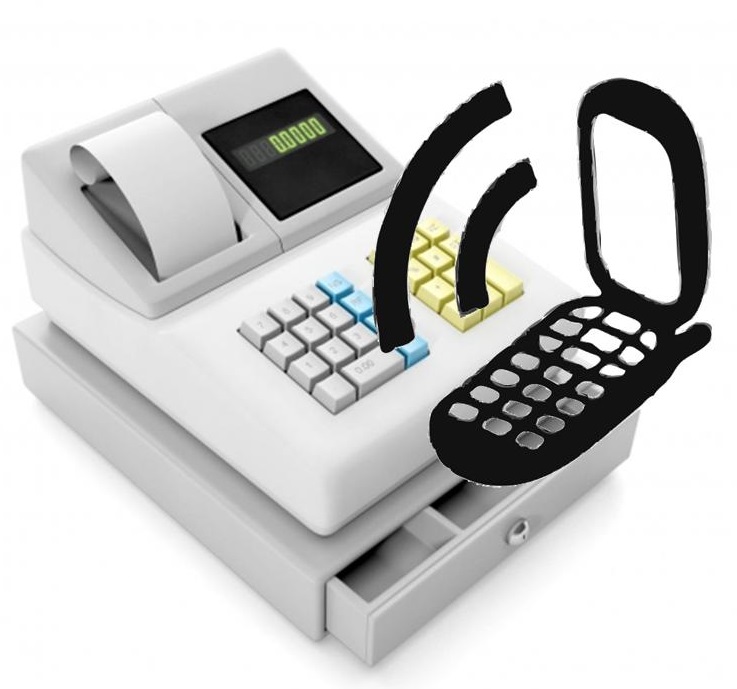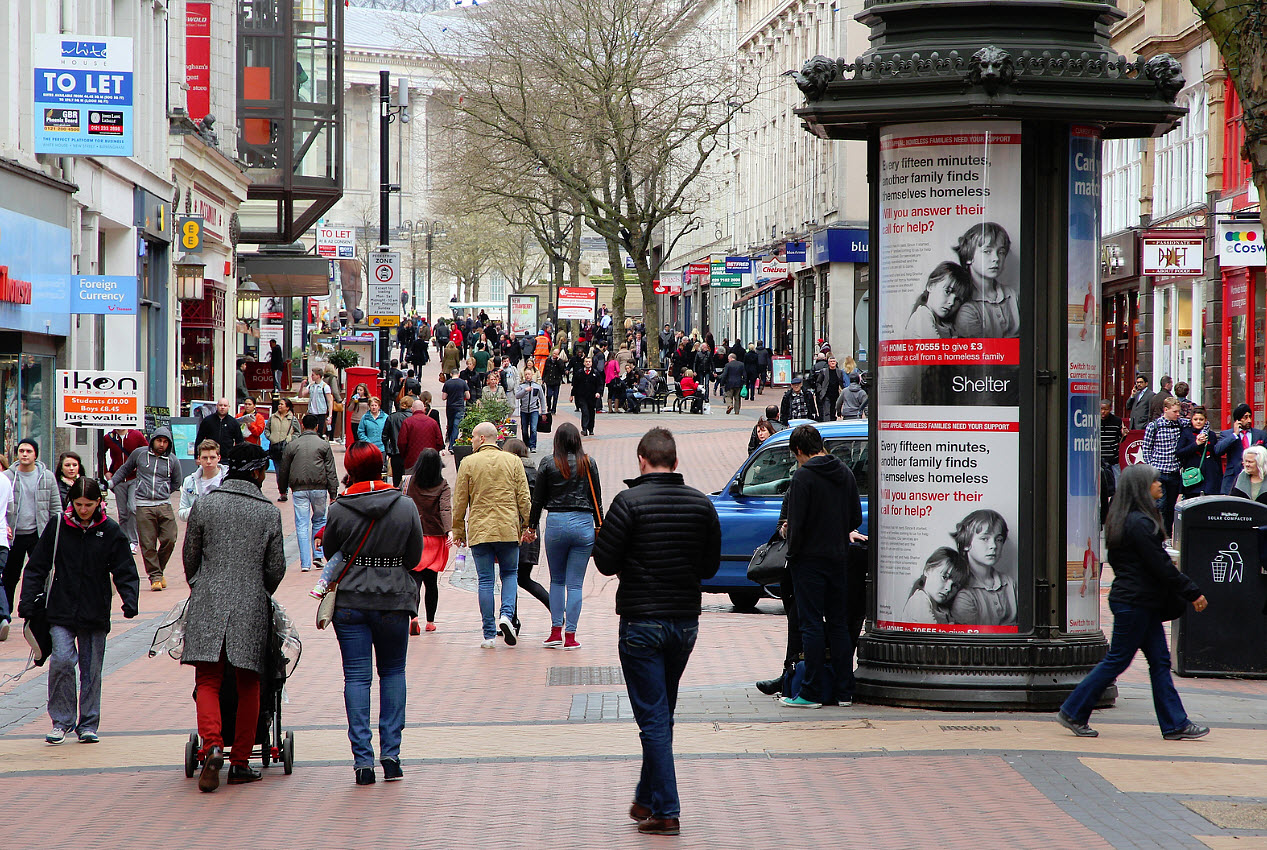BWild |
December 30, 2013
Kiip releases information on growing mobile revenues
Kiip, a mobile marketing firm, has released information concerning the top mobile commerce brands. The data from Kiip highlights which brands have found the most success in mobile commerce in 2013. Retailers have taken a strong interest in the mobile sector due to the rapidity at which smartphone and tablet ownership is going. Consumers have been showing favor for mobile shopping because of its convenience and the deals that many retailers have been offering specifically to mobile consumers.
Specialty retailers find major success in mobile space
According to the information compiled by Kiip, the retailers leading mobile commerce are JackThreads, Rue La La, Groupon, and Fab. These retailers have a significant lead over other brands when it comes to mobile revenue generation. Notably, both Amazon and eBay have seen relatively little mobile growth when compared to other retailers despite how much effort they have put into mobile commerce. Smaller, more specialized retailers seem to have been able to engage consumers more effectively with their mobile initiatives.
Mobile traffic is on the rise
 Kiip notes that mobile traffic to retail sites has grown by an average of 39% over what it had been in 2012. Consumers are flocking to mobile retail sites in order to shop, especially during the holiday season. Retailers have been reporting a significant increase in mobile sales during the 2013 holiday shopping season as they find success with their mobile engagement initiatives.
Kiip notes that mobile traffic to retail sites has grown by an average of 39% over what it had been in 2012. Consumers are flocking to mobile retail sites in order to shop, especially during the holiday season. Retailers have been reporting a significant increase in mobile sales during the 2013 holiday shopping season as they find success with their mobile engagement initiatives.
Mobile marketing is gaining prominence
As mobile commerce grows, mobile marketing is quickly becoming more important for businesses. Retailers that have not invested in mobile marketing have been unable to effectively engage consumers on smartphones and tablets. This has limited their appeal to those interested in mobile commerce. Mobile-centric consumers are more likely to engage in mobile marketing initiatives than traditional marketing due to the more interactive nature of the former.
These mobile promotions are sending consumers into stores where they are making their purchases.
A new report has now been issued by BI Intelligence which has shown that geolocation based marketing techniques are blurring the line that exists between the physical and the digital environments.
Techniques using this technology are helping to send consumers into brick and mortar shops.
This has been causing marketers to take advantage of geolocation based marketing techniques to help to encourage foot traffic into physical store locations by targeting smartphone users on their devices at the moments that they are already close to one of the shops. Of course, to be able to accomplish this goal, it means that those companies need to be able to identify the locations of the consumers and then use it properly to provide a relevant and appealing draw into the store.
New geolocaion based marketing incentives are using technology to help accomplish that goal.
 Within a new BI Intelligence report, three different forms of approach to this technology have been studied. They are geoconquesting, geofencing, and geoaudiencing. Each of those uses similar technologies in a slightly different way. The report also examined some of the most effective applications that are providing consumers with enough value that they are willing to share their location with a brand or company.
Within a new BI Intelligence report, three different forms of approach to this technology have been studied. They are geoconquesting, geofencing, and geoaudiencing. Each of those uses similar technologies in a slightly different way. The report also examined some of the most effective applications that are providing consumers with enough value that they are willing to share their location with a brand or company.
What the report determined was that while these services are growing in their acceptance across the United States, they don’t appear to be growing in actual adoption. At the moment, a healthy 74 percent of American smartphone owners have reported that they use mobile location based services in some way or another. Though this is a good percentage, it is about the same as it was last year. This indicates that the tech isn’t becoming any more popular than it was a year ago.
The report also pointed out that check ins are starting to slide in their popularity. Though there were 18 percent of American device users saying that they were using local-social networks to check-in in February 2012, that figure is now closer to 12 percent. By understanding the latest insight in geolocation based marketing, marketers can better keep up with the trends and achieve the greatest ROI.
 Kiip notes that mobile traffic to retail sites has grown by an average of 39% over what it had been in 2012. Consumers are flocking to mobile retail sites in order to shop, especially during the holiday season. Retailers have been reporting a significant increase in mobile sales during the 2013 holiday shopping season as they find success with their mobile engagement initiatives.
Kiip notes that mobile traffic to retail sites has grown by an average of 39% over what it had been in 2012. Consumers are flocking to mobile retail sites in order to shop, especially during the holiday season. Retailers have been reporting a significant increase in mobile sales during the 2013 holiday shopping season as they find success with their mobile engagement initiatives.
 Within a new BI Intelligence report, three different forms of approach to this technology have been studied. They are geoconquesting, geofencing, and geoaudiencing. Each of those uses similar technologies in a slightly different way. The report also examined some of the most effective applications that are providing consumers with enough value that they are willing to share their location with a brand or company.
Within a new BI Intelligence report, three different forms of approach to this technology have been studied. They are geoconquesting, geofencing, and geoaudiencing. Each of those uses similar technologies in a slightly different way. The report also examined some of the most effective applications that are providing consumers with enough value that they are willing to share their location with a brand or company.